Tube vs Solid-State Compressors: Understanding the Differences
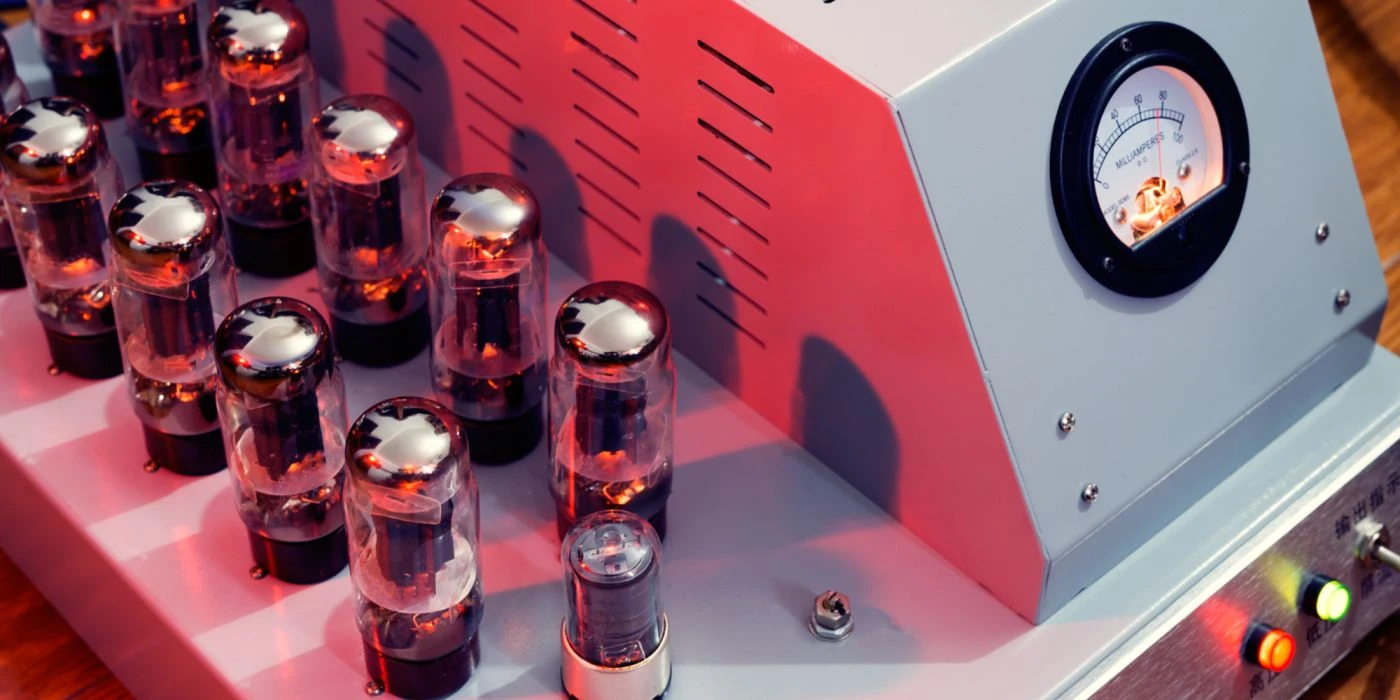
From warmth to transparency, find the perfect compressor for your audio engineering needs with our guide on tube and solid-state compressors.
Compressors are an essential tool in the world of audio engineering, and they can make or break a recording. As an audio engineer, I have used both tube and solid-state compressors, and they both have their pros and cons. Let's dive a little deeper into the world of compressors.
While both types of compressors have their advantages and disadvantages, it's essential to know the differences between them before choosing which one to use. In this article, we will dive deeper into the features of both tube and solid-state compressors and understand how they differ in their sound.
What is a Compressor?
Before we discuss the differences between tube and solid-state compressors, let's first understand what a compressor does. In simple terms, it reduces the dynamic range of an audio signal, making it sound more balanced, less jarring to the listener, and at the same time sounding louder in the mix. But, the question is, which type of compressor is right for your project?
The Differences
Let's go through the key differences between tube and solid-state compressors in each category (working principle, sound quality, cost).
1. Working Principle
The primary difference between tube and solid-state compressors is the technology they use to compress the audio signal.
-
Tube compressors use vacuum tubes to control the dynamic range of an audio signal. These tubes are filled with gas, allowing electrons to move freely from one end of the tube to the other. When the audio signal passes through the tube, it interacts with these electrons, causing them to change the signal's waveform, resulting in the compression of the audio signal.
- Solid-state compressors use transistors instead of tubes to control the dynamic range of an audio signal. Transistors are made of semiconducting material and have no moving parts, making them a lot more reliable than tube compressors.
2. Sound Quality
The sound quality is another significant difference between tube and solid-state compressors.
-
Tube compressors are known for their warmth and fatness. They add harmonic distortion to the audio signal, which makes the sound more pleasing to the ear. This harmonic distortion, often called "tube saturation," is what creates the warmth in the sound of a tube compressor.
- Solid-state compressors, on the other hand, are known for their accuracy and transparency. They do not add any harmonic distortion to the audio signal, making them ideal for more transparent and accurate mixing.
3. Cost
The cost of a compressor is often a significant consideration when choosing between tube and solid-state compressors.
-
Tube compressors are generally more expensive than solid-state compressors. This is because the production of vacuum tubes is quite expensive, and tube compressors require many tubes to function correctly.
- Solid-state compressors are significantly cheaper than tube compressors. This makes them an ideal choice for those on a budget or for project studios.
Advantages of Tube Compressors
The five main advantages of a tube compressor compared to a solid-state compressor are:
- Warmth and fatness in the sound due to harmonic distortion.
- Higher headroom and ability to handle larger signals without clipping.
- Smooth compression, making it ideal for vocals and instruments like bass and guitar.
- More natural compression due to the analog technology used in tube compressors.
- Ability to color the sound intentionally for creative purposes.
Advantages of Solid State Compressors
To counter the advantages of the tube compressors, here are our five main advantages of solid state compressors:
- Durability: Solid state compressors have no moving parts, making them much more durable and resistant to wear and tear than tube compressors.
- Noise: Solid state compressors generally have much lower noise floors than tube compressors, meaning that there is less noise interference in the final recording.
- Consistency: Solid state compressors are less prone to variations in performance due to factors such as temperature changes and aging than tube compressors, ensuring more consistent results.
- Flexibility: Solid state compressors often have more options for tweaking and adjusting settings, allowing for greater flexibility in the recording process.
- Cost: Solid state compressors are generally less expensive than tube compressors, making them more accessible to the average user.
Which One Should You Choose?
Now that we have a better understanding of the differences between tube and solid-state compressors, you might be wondering which one to use for your recording.
It ultimately depends on your personal preferences and the project you are working on. If you are looking for a warm and fat sound and have the budget to invest in a tube compressor, then go for a tube compressor. However, if you need a compressor that is accurate and transparent, a solid-state compressor is the way to go.
Whatever your choice, remember that compressors are an essential tool in the world of audio engineering. They help create a balanced and clean sound and can take your mix to the next level.
Popular Solid State Compressors
These are some of the most popular and famous Solid State compressors:
- Universal Audio 1176
- Teletronix LA-2A
- Empirical Labs Distressor
- SSL G Series Bus Compressor
- dbx 160
Popular Tube Compressors
These tube compressors are some of the most popular in the industry:
- Fairchild 670
- Universal Audio LA-2A
- Teletronix LA-2A
- UREI 1176
- Tube-Tech CL1B
Conclusion
In conclusion, both tube and solid-state compressors have their advantages and disadvantages, and it's essential to understand the differences between them to choose the right one for your project. Whatever your choice, remember that compressors are an essential tool in the world of audio engineering, and having the right one can take your mix to the next level.
Reviews

Best Speaker Simulator
Find the best speaker simulator for your money — our favorite doesn't cost much at all.
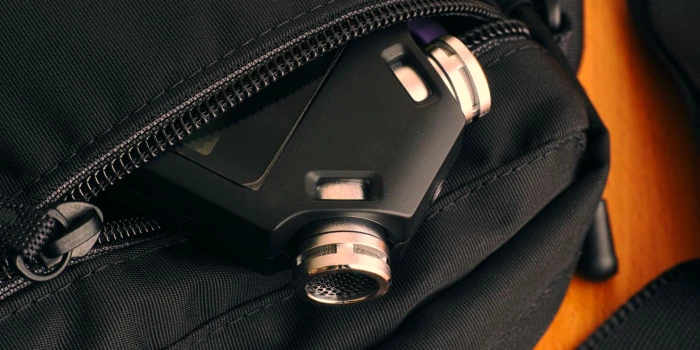
Best 32-bit Audio Recorders
The hype is real — 32-bit audio recording is here to stay. Here are our top picks.

Best Reverb for Orchestral Samples
Make your Orchestral Samples sound like the real deal by using the reverb effects best suited for the job. Here are our five top picks.

Best Free Piano VST Plugins
Looking for free virtual pianos? We've collected the most popular VSTs that are free and have a great piano sound.
Tutorials
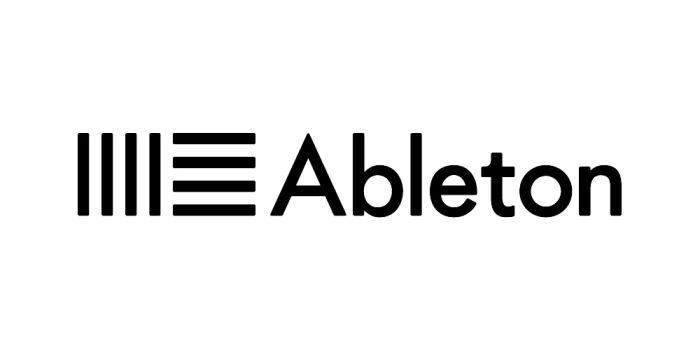
MIDI Effect Plugin Routing in Ableton Live
Get started with MIDI Routing in Ableton Live — it's way easier than you might think.

macOS Virtual MIDI
Get up and running with Virtual MIDI in macOS — it's easier than you think. Here's a quick tutorial on how to activate the IAC Driver.
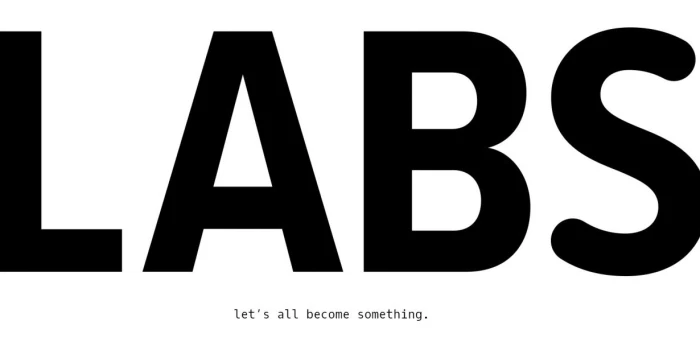
Spitfire Labs Something Went Wrong
This is how you get Spitfire Labs working again if you've come across the infamous "Something Went Wrong" error.
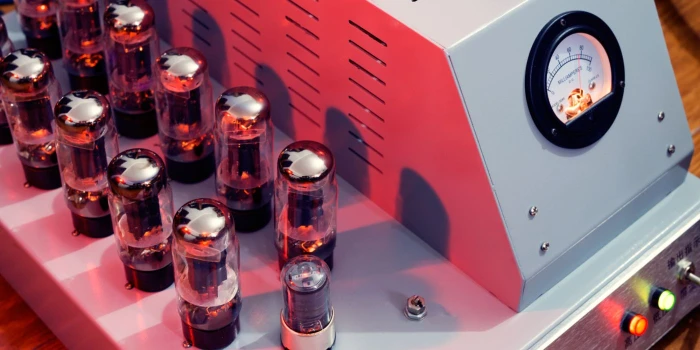
Tube vs Solid-State Compressors: Understanding the Differences
From warmth to transparency, find the perfect compressor for your audio engineering needs with our guide on tube and solid-state compressors.
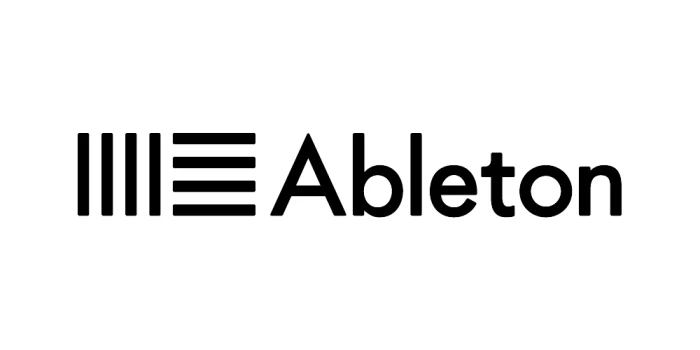
The Virtual MIDI Keyboard in Ableton Live
In this tutorial, we explain how to use your computer keyboard as both a MIDI keyboard and a MIDI controller.
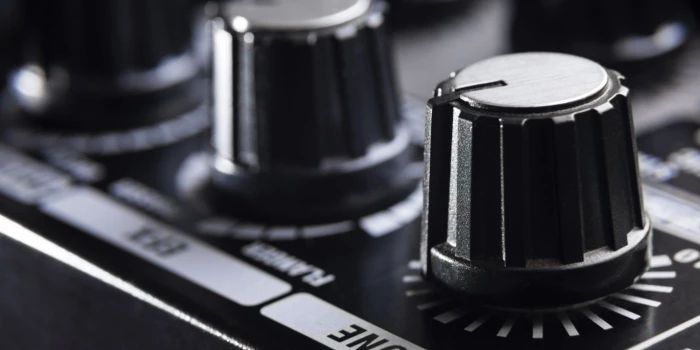
Using Saturation and Distortion when Producing Audio
Add warmth and power to your music with saturation and distortion - find your unique vintage tone!
Questions
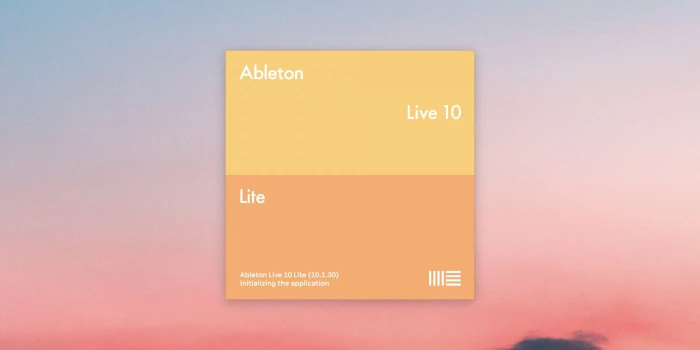
The Limitations of Ableton Live Lite
Learn all the features and limitations of the cheapest Ableton Live version — Ableton Live Lite.

What is iLok?
Here's everything you need to know about the software copy protection system called iLok.
News

New Kilohearts Effect: Nonlinear Filter
Find out more about the new Kilohearts effect called **Nonlinear Filter**.
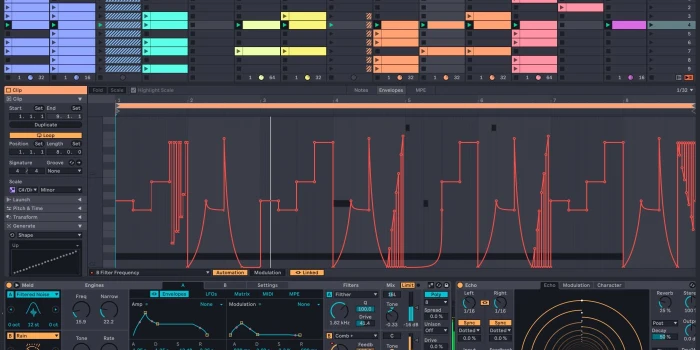
New Features in Ableton Live 12
Ableton Live 12 has been announced, with plenty of new features. Let's take a look.
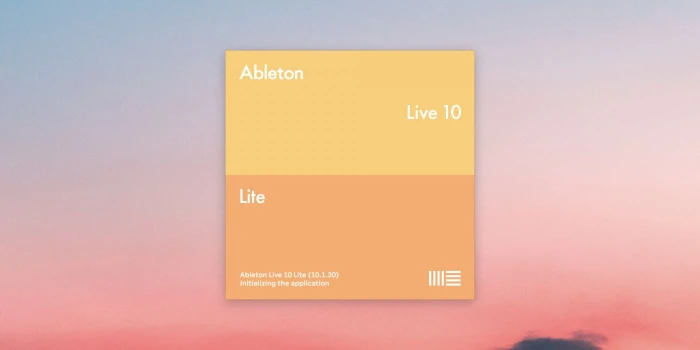
Ableton Live now supports M1 Macs
After a long wait, Ableton finally delivers and lets M1 users run Live natively.

Luftrum Autumn Sale
Sound designers and plugin developers Luftrum are currently having an autumn sale.
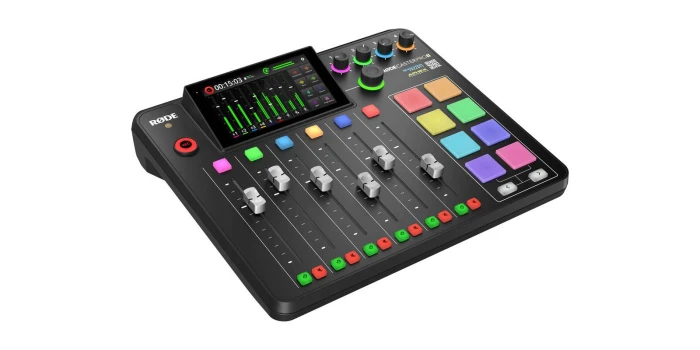
Rodecaster Pro 2 released
Røde has released a brand new version of their popular podcast recording and mixing desk — say hello to the Rodecaster Pro 2.
Find the best tools when building your very own music rig, using reviews, tutorials and guides written exclusively for MusicRigs.com — for music creators, by music creators. Links to stores are affiliate links.